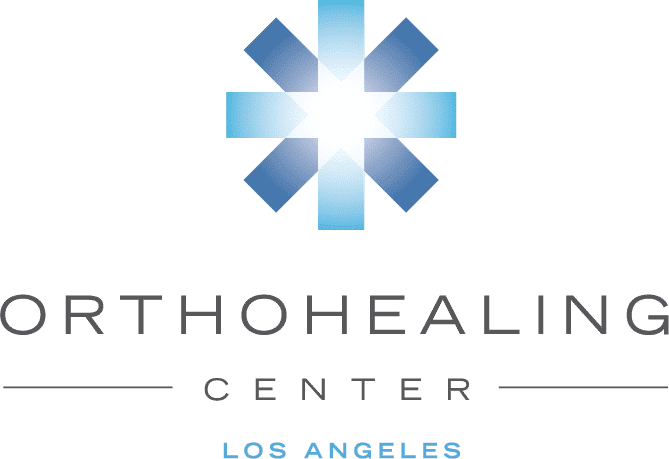
Knee osteoarthritis is a degenerative joint disease that can be caused by aging, excessive weight, traumatic injury, strain, congenital joint abnormality or joint deformity. In recent years, clinicians have explored a cutting-edge treatm
Just last year, a research group from China published a clinical study analyzing the effects of PRP versus placebo in treating knee osteoarthritis. The study consisted of three hundred-sixty-six patients (th
The study results reported the maximum tolerated dose of PRP to be 12 mL and the most frequent adverse effects observed were elevated blood pressure and elevated urine protein levels. However, adverse effects were mostly observed in patients that received doses of 12 and 14 mL. Hence, these dose levels were not recommended and the optimal dose of PRP was determined to be 10 mL. The results of the study also reported reductions in various plasma inflammatory factors and pro-angiogenic factors in patients treated with PRP compared to the placebo group (specific markers can be viewed in the article link above).
The study concluded that the obtained clinical data illustrated reduced humoral and cellular immune responses which led to beneficial effects on histological parameters for joint osteoarthritis. In addition, The study stated that PRP treatment for knee osteoarthritis provided many beneficial effects that include reducing joint inflammation, improving cartilage destruction, reducing bone damage, and repairing joint tissue. Therefore, the study results suggest that PRP has a therapeutic effect on knee osteoarthritis and highlighted its capacity as an anti-inflammatory treatment for knee osteoarthritis. Although much of the results in this study need to be further investigated, and longer follow up time is needed, the study highlights the potential importance of a dose response curve for PRP treatment of joint osteoarthritis, and well as the potential therapeutic mechanism of PRP for improving symptoms with OA. More research into this area is needed to gain a larger understanding of the potential therapeutic mechanisms of Platelet Rich Plasma.



